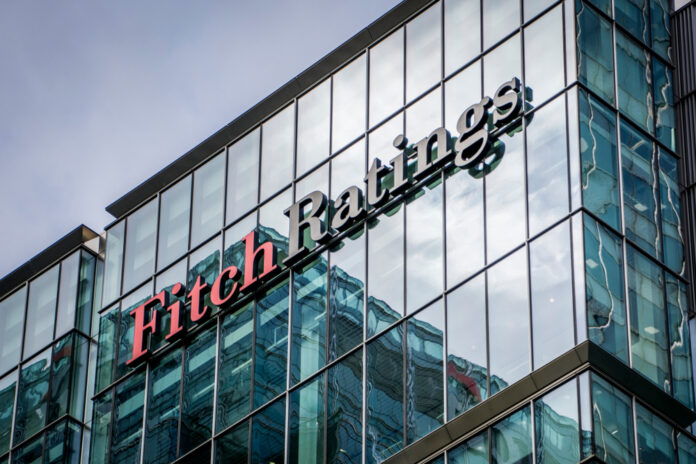Sovereign credit watcher Fitch Ratings has downgraded further the country’s output growth, or the gross domestic product (GDP), to 5.8 percent this year as part of its assessment on the government’s plan to sell US dollar- and euro-denominated bonds.
“We expect the Philippines’ economy to expand by 5.8 percent in 2024, after 5.5 percent in 2023 and 7.6 percent in 2022,” the New York-headquartered credit watcher said.
The assessment came in the wake of earlier downgrades in which the local output expansion across the USD437 billion southeast Asian economy Fitch scaled back in August to only 6 percent from 6.2 percent based on the 6.3 percent output growth the Philippines posted in the second quarter this year.
At the time, Fitch analysts said the factors helping the Philippines to grow in the second quarter “will prove difficult to sustain” in the succeeding quarters, particularly on investments and public spending.
This time around, though, Fitch forecast GDP growth above 6 percent over the medium term “supported by large investments in infrastructure and reforms to foster trade and investments, including public-private partnerships (PPPs).”
Philippine Statistics Authority data show second-quarter government spending rising sharply to 10.7 percent from only 1.7 percent a quarter earlier while fixed investments rose 9.5 percent from only 2.1 percent.
Fitch also bared its apprehension over “further fiscal slippage” resulting from the declaration of Finance Secretary Ralph Recto against any new tax measures this year and possibly until the end of President Ferdinand Marcos Jr.’s term of office in 2028.
“We believe there is some risk of further fiscal slippage, given the government’s continued focus on economic growth and the approach of mid-term elections in May 2025,” Fitch Ratings said.
It quickly noted, however, that the budget balance in general “tended to be close to targets in recent history.”
PSA data show the budget deficit equaled 6.2 percent of GDP last year and averaged as a shortfall of 2.74 percent of GDP from 1988 until last year. A budget surplus equaled one percent of GDP in 1994 but the budgetary shortfall was widest in 2021 when this equaled 8.6 percent of GDP.
As for government debt, Fitch projects the debt-to-GDP to remain broadly unchanged at 54 percent of GDP next year consistent with the median triple B or BBB rating of peer economies.
“Strong nominal GDP growth and narrowing fiscal deficits contribute to our forecast of a downward path for government debt/GDP over the medium term. The government’s undated fiscal program envisages central government debt/GDP staying at around 60 percent of GDP until 2026, with substantial reductions only in 2027-2028,” Fitch said.
Fitch has noted the narrowing of the country’s current account, which reflects the country’s transaction with the rest of the world.
“We expect the current account deficit to narrow to below 2 percent of GDP (less than USD10 billion by 2025), from 2.6 percent of GDP (over USD11 billion) in 2023, reflecting further moderation in the hydrocarbon import bill which drove the spike in the CA deficit in 2022, as well as continued growth of services exports.
“Structural CA deficits are likely to persist in the medium term on strong domestic demand and the infrastructure build-out. We view the CA surpluses before 2019 as likely reflecting under-investment,” Fitch Ratings said.
It also noted the Philippines finances its CA deficit by borrowing overseas long term and by foreign direct investments and that the series of deficits “are gradually eroding the net external sector position “which we expect to turn into a net debtor position in 2025.”
As for inflation, Fitch Ratings projected the rate at which prices change across the economy to moderate to 3.4 percent next year from this year’s projected inflation rate averaging 3.8 percent on the back of lower commodity prices, base effects and the phased pass-through of 450 basis-points of rate hikes since May 2022.
“The central bank’s 16 May 2024 policy statement still noted upside risks to inflation and price pressures linked to transport, food, electricity and oil prices, although its governor flagged the possibility of up to 50 basis-point rate cuts towards year-end,” Fitch Ratings said. – Jun Vallecera







